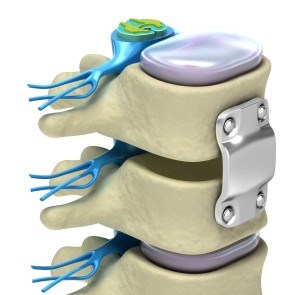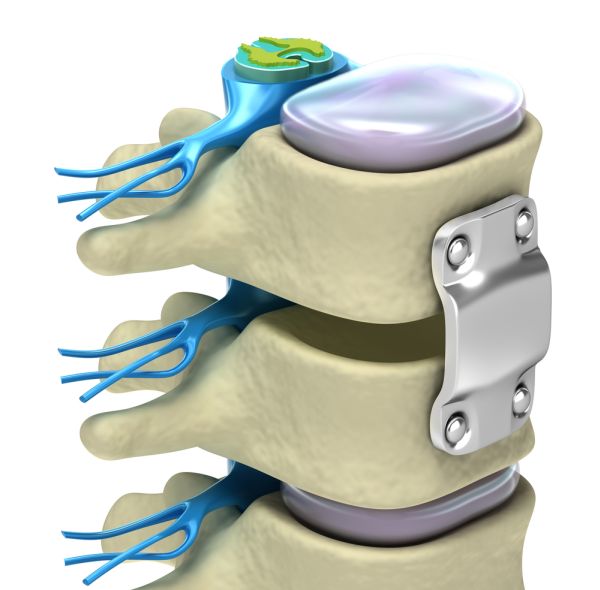Motor vehicular crashes, accidents, direct blows, fall from heights, physical assaults and 
It is very important for a possible spine injury be immediately diagnosed as early as possible in order to further lessen irreversible damage to the spinal column and prevent further injury from happening to a victim. Knowing the proper form of first aid care to administer for suspected spinal cord injuries is essential in order for a victim to be properly transported for further management.
The material posted on this page for head, neck and spinal injuries is for learning purposes only. To learn to recognize and manage spinal injuries register for a first aid course with one of our providers.
Recognizing Spinal Injuries
If you suspect a back/neck or spinal injury, don’t move the victim unless necessary or if he/she must be move away from a dangerous location. Improper handling of victims with a suspected spinal cord injury can cause irreversible paralysis and other serious complications. Assume a person has a spinal injury if you recognize the following signs:
- There is an accompanying head injury with an obvious change in the victim’s level of consciousness.
- Weakness, numbness, paralysis and inability to move limbs.
- Pain in his/her neck or back.
- Numbness, tingling, weakness or burning sensation in the limbs.
- Lack of control of bladder or bowels.
- Obvious deformity (odd-looking angle of the victim’s head, neck or back.
Spinal Cord Injury Treatment – Project Walk Spinal Cord Injury Recovery
Emergency care for spinal injuries
First and foremost, if you suspect that an individual might have a spinal cord injury the first thing rescuers should do is not to move them. Calling for emergency medical services should be the first priority in cases of suspected spinal injuries because emergency medical personnel will have proper equipment for the victim in stabilizing, moving and transporting the victim to proper medical facilities.
While waiting for emergency medical personnel to arrive, there are several things on-scene rescuers can do to manage and care for the victim such as collectively gathering as much assessment data which can be relayed to the medical team to fast track care upon their arrival.
If you suspect someone has a spinal injury:
1. Check for responsive and breathing. Initiate CPR if necessary, but never tilt the head back to open the airway as it might cause further damage to the cervical spine. Use your fingers to grasp the jaw and lift it forward to begin rescue breathing.
2. Keep the person still as possible. Stabilize the head and neck to prevent movement. Place heavy towels or clothes on both sides of the neck or hold the head and neck to prevent movement.
3. In case of vomiting, raise one arm above the head and roll the victim’s body all at once so the head rests on the raised arm.
4. Provide as much first aid as possible without unnecessarily moving the victim’s head and neck.
5. If the person is wearing a helmet, don not attempt to remove it.
6. Contact emergency medical services for further care and management.
References:
Alton, T. et al (2012). First Aid, CPR and AED Standard 6th Ed. Jones & Bartlett Learning
http://www.mayoclinic.com/health/first-aid-spinal-injury/FA00010
http://www.essortment.com/first-aid-spinal-injuries-37829.html

